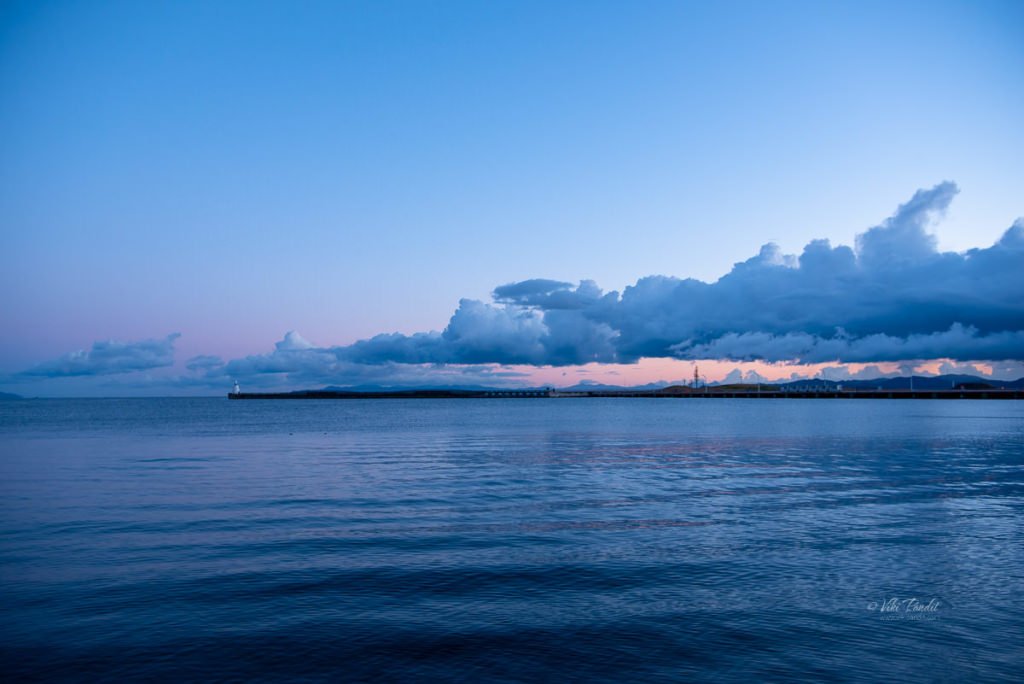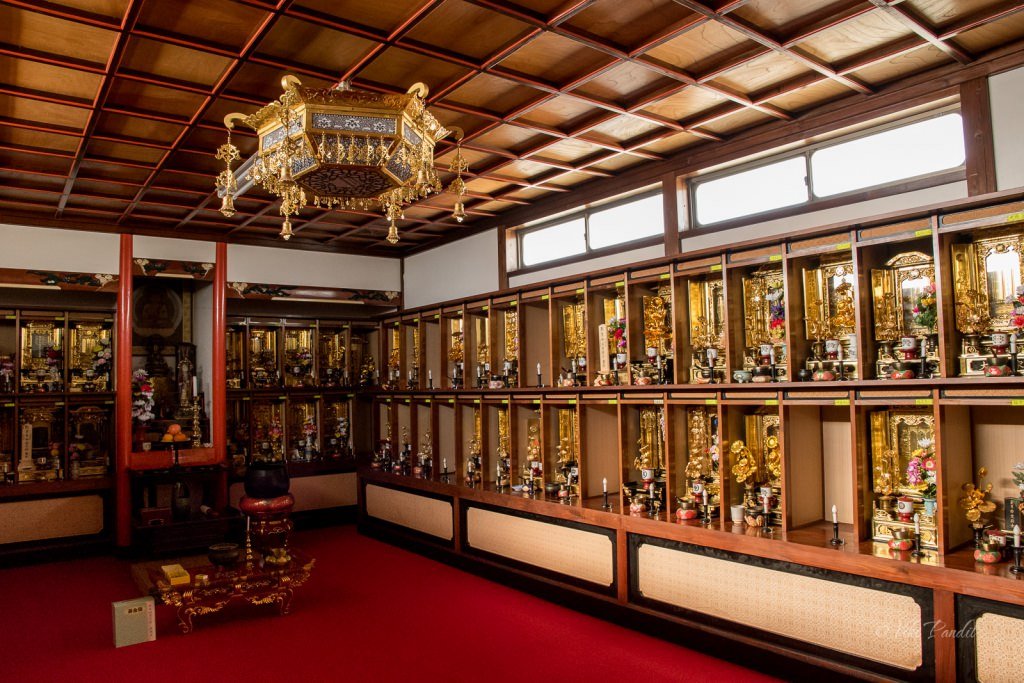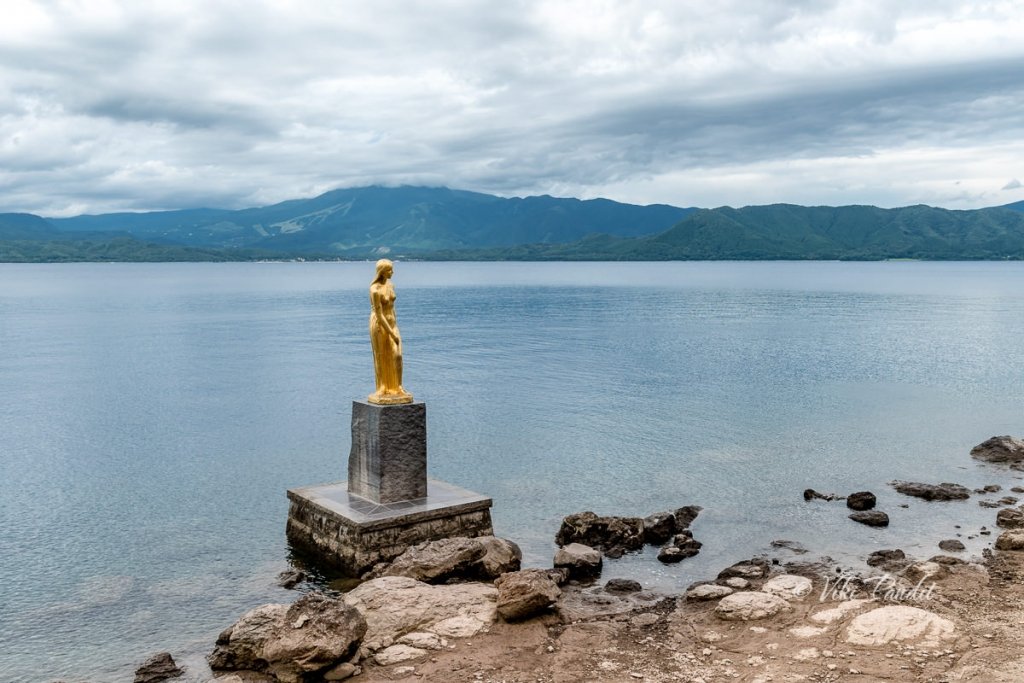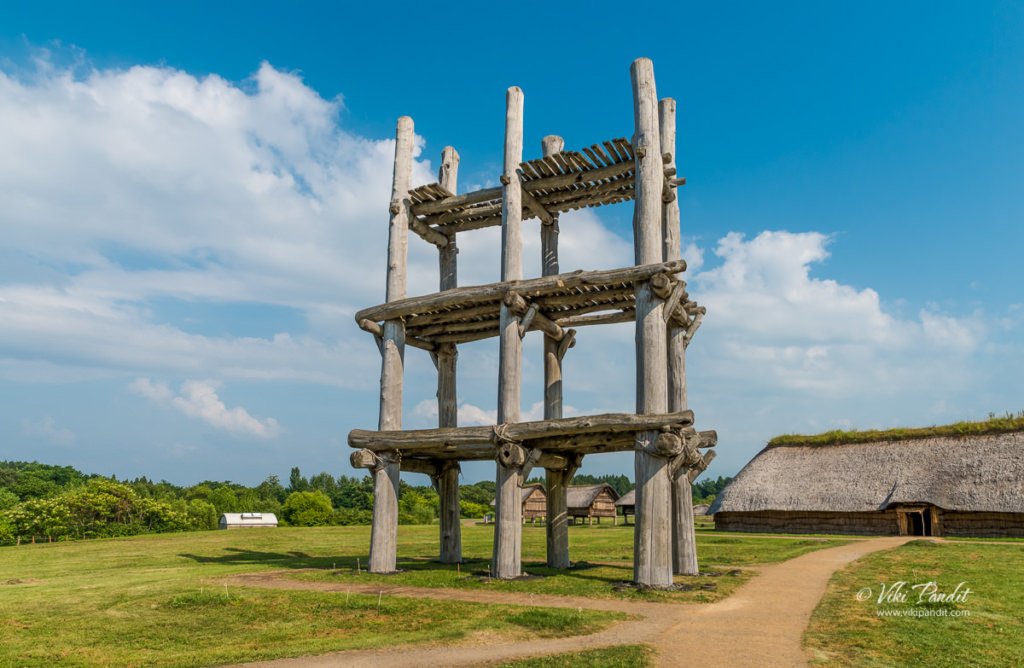
An evening at Tokyo City View
Tokyo City View, an observation facility located in the center of one of the world’s metropolis, Tokyo, features an indoor observation deck 250 meters above sea level and a Sky Deck outdoor observation deck 270 meters above sea level.





